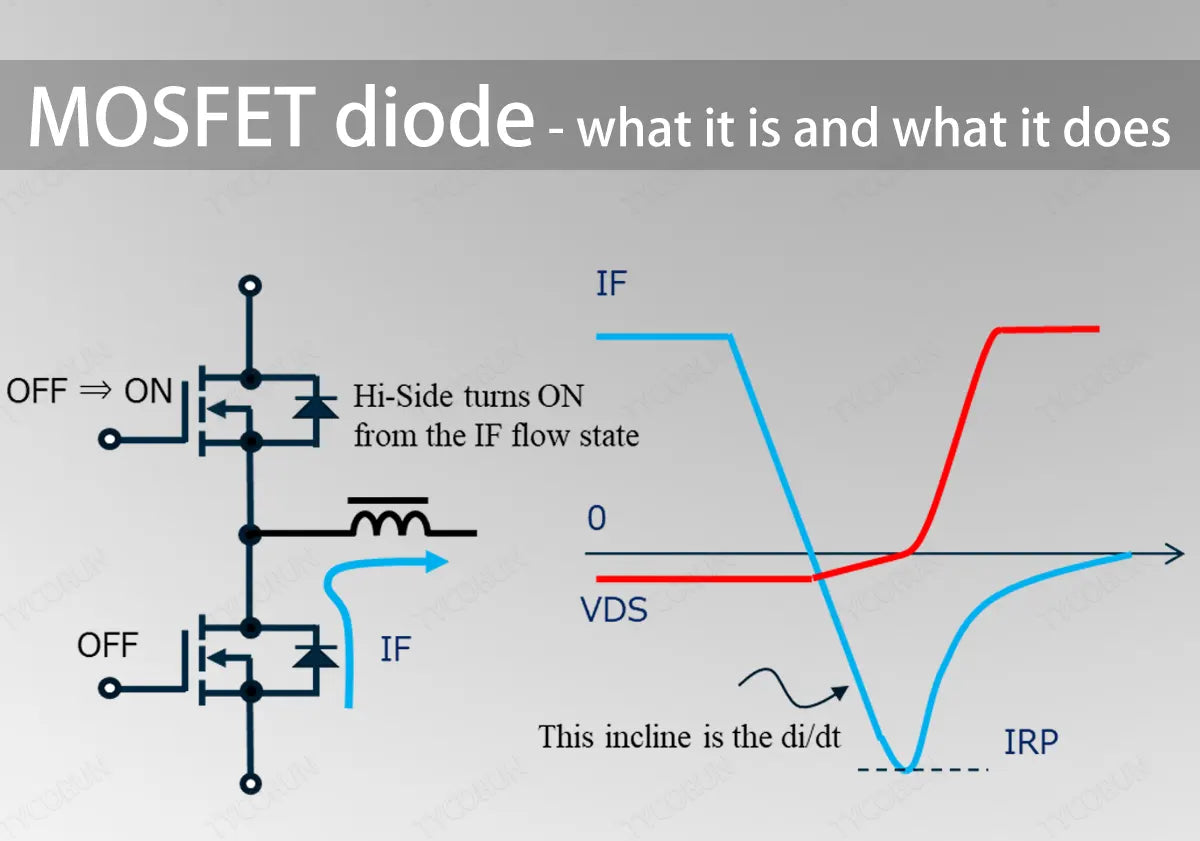Alright, so today I really wanted to finally get my head straight about diodes and MOSFETs. Kept seeing these words tossed around whenever I looked at circuits or repair videos online, felt like I kinda knew, but honestly? It was all a jumbled mess in my brain. Time to actually poke at them myself.

Started simple. Dusted off my old box of spare parts, grabbed a bunch of diodes – those little guys with a stripe on one end. Found an LED too, basically a fancy diode that lights up. Pulled out my basic power supply, some wires, resistors so I wouldn’t fry anything. Tried hooking up a regular diode first.
Positive supply to the end without the stripe, negative to the stripe? Power supply meter jumped a tiny bit, multimeter showed a small voltage drop. Flipped the wires – positive to the stripe, negative to plain end? Zilch. Nada. Meter barely moved. Okay, so diodes are picky about direction. They act like a one-way valve for electricity: block it one way, let a little trickle through the other way. The LED? Did the same thing, but only lit up when wired the right way, obviously.
Now, MOSFETs. These looked different. Three legs instead of two. Had a few kicking around marked with part numbers. Found one labeled “N-channel” on the datasheet. Bit more intimidating. Had to look up which leg was Gate, Drain, Source. Set up the power supply again: positive to Drain, negative to Source. Put my little light bulb or multimeter across Drain and Source. Nothing happened. Circuit dead.
Here’s where it clicked. Remembered reading about the Gate. Hooked up a separate small battery – like a 9V. Negative of the battery to the Source leg. Took the positive from the battery and briefly touched the Gate leg… BAM! As soon as I touched Gate to the battery positive, the light bulb across Drain-Source lit up! Took the wire away from the Gate? Light stayed on! Wait, what?
Scratched my head. Grabbed another MOSFET, same thing. Touched Gate positive, bulb lit. Disconnected the Gate wire? Bulb stayed lit. How to turn it off? Ahhhh! Needed to touch the Gate leg back to the Source leg (same as battery negative). Soon as I connected Gate to Source, the light bulb turned off. Now I felt like I was getting somewhere.

So, summing up what my hands learned today:
- Diode: Like a one-way street sign for electricity. Connect it backwards? Blocks the flow. Connect it forwards? Lets flow happen after a little “push” threshold. Simple. Two legs.
- MOSFET: Totally different beast. Needs three connections. The Gate leg? It’s like a super-sensitive trigger. Give it a little voltage push? Bam! It slams open the path between Drain and Source, letting lots of current flow, with almost no voltage drop. But it stays open after you take the voltage away! You gotta actively pull the Gate down to the Source voltage to shut it off again. It’s not just a gate; it’s a latch.
Why does this matter? Tried replacing the switch in my fan controller with a MOSFET. With just a tiny button on the Gate, I could control the huge fan current without melting anything – that’s the MOSFET magic. Tried the same with a diode? Pointless, the diode wouldn’t let me control direction like a switch.
Still figuring out why that one MOSFET got warm when I forgot the resistor on the Gate… maybe next time. Also wanna see how P-channel ones behave differently. But for now, the fog has lifted! Diode: one-way, simple blocking. MOSFET: three-legged, voltage-controlled trigger, handles big power like a boss, needs active turning on and off. Hands-on beats book learning any day.

